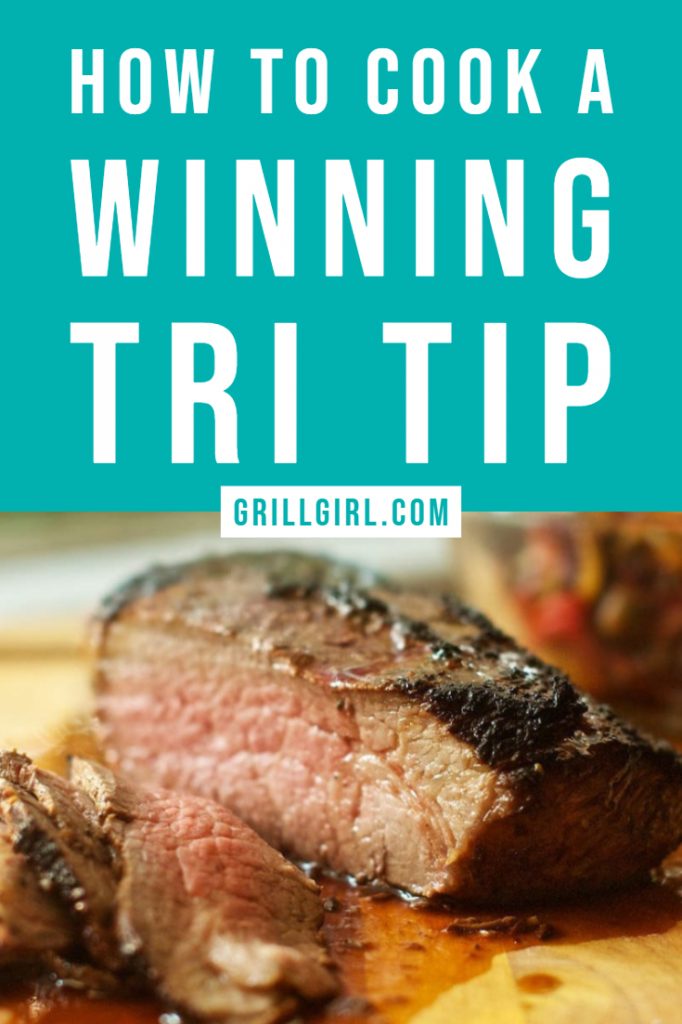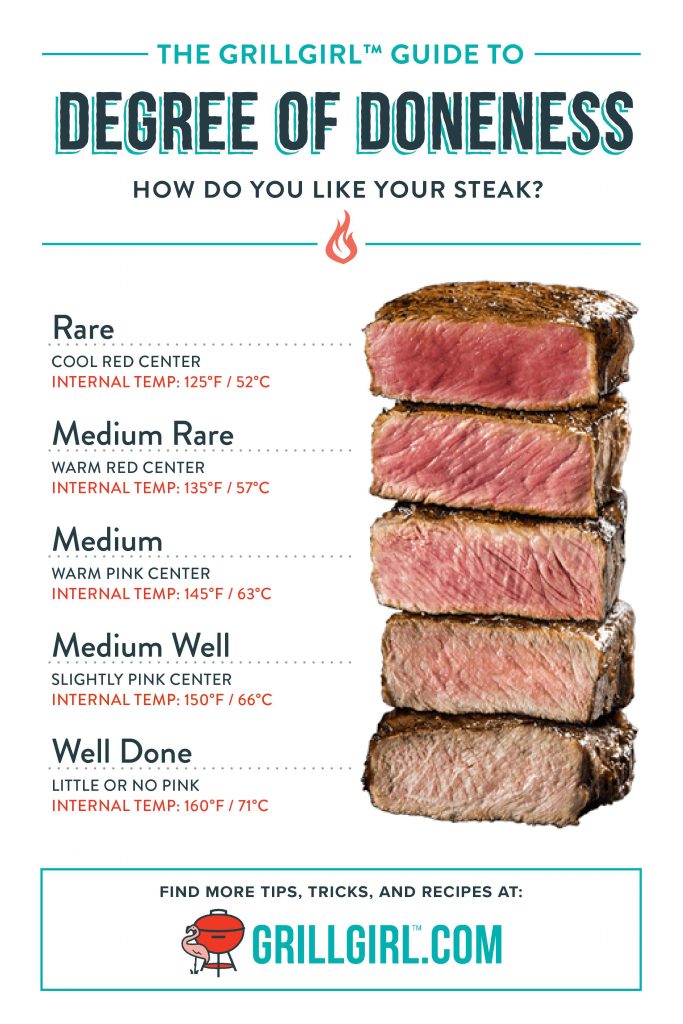Tri-Tip: A regional favorite that leaves many scratching their heads
By Jesse Black
There’s a good chance that many of you have never heard of Tri-Tip. (The cut of beef from the bottom sirloin, so-named because of it’s triangular shape.) This savory, meaty morsel tips the scales at 1.5 to 2.5 pounds and is a specialty in the wide open spaces of the West (California).
Recently an episode of BBQ Pitmasters, on Destination America, shed light on the fact that Tri-Tip is still very much an unknown in the world of BBQ. In the first episode of the new season, two out of the three Pitmasters attempted to prepare the cut as they would a beef brisket and took the poor piece of meat to the outer limits of the temperature sphere (200°F).
Many of us at home wondered what that poor little piece of meat had ever done to deserve such treatment. Needless to say, the judges were less than excited about biting into a hunk of meat that could have doubled as a wingtip.
Good news is, it’s not too late to learn how to do it right. Make a bee line for your butcher because you’re making Tri-Tip tonight!
The Disclaimer
Some recipes recommend pulling your meat out of the fridge and letting it sit on the counter until it reaches room temperature. Reason being, the higher the internal temperature of the meat means less time on the grill. Everyone eats earlier. Everyone is happy.
I disagree with this practice for several reasons. First, every minute your meat sits in the temperature danger zone (40°-135°F) is a minute bacteria is multiplying. And because bacteria like E. coli, Salmonella and Listeria double in number every 20 minutes, you can bet your bowling money I’m leaving my meat in the fridge.
Secondly, a well-used grill is a treasure trove of flavors from cooks past. The longer your meat has to sit on those grates, the more flavor will infuse with your current cook. Plan ahead and let ‘em know it’ll be ready when it’s ready.



Instructions
- Start by setting up your grill for a little indirect cooking. If you’re using a gas grill assign cold and hot zones inside the cooker. Searing a hunk of meat this size over direct heat will scorch the outside before the middle has a chance to catch up. A good goal to shoot for is roughly 200 to 250°F on the cool side the pit. Using this technique (indirect cooking) will ensure you don’t screw the pooch on your first Tri-Tip dinner.
- Place the meat on the cooler side of the pit with the thicker end closer to the heat. Close the lid and let leave it alone for 20 minutes. Give it a flip and cover again. You’re going to look for the meat to come to an internal temp of 110°F, or about 10° below your target temp. Grab a beverage and be patient, this can take as long as 30-45 minutes.
- Once you’ve reached 10° below your target temp, move the meat to the hot side of the pit and sear the outer layer. About 5 minutes on each side should suffice. Remove from the heat, cover and let rest for about 20 minutes.
- The Cut
- Before you unsheathe your carving knife, consider how you’re going to approach this foreign mass nestled on your cutting board. And speaking of cutting boards, make sure you’ve got ample drip space because a Tri-Tip cooked to medium rare or less will flood your counter top. Don’t say I didn’t warn you!
- Start by slicing the Tri-Tip in half through the center. Rotate each half and cut it from the tip to the end, against the grain. How thick you cut is up to you, however I like 1/2” slices fanned out over a plate with the excess juices poured over the top. Serve with garlic bread to sop up the drippings and enjoy!
- After you’ve mastered the cook, play with your seasonings, rubs and overall flavors. Salt and pepper will go a long way to providing maximum flavor, but a little sweet and spicy will accent your Tri-Tip nicely. Try your favorite BBQ rub, or create one of your own.
Did you enjoy making your winning Tri-Tip? How about some surf and turf?



Yeah, I have to agree that tri tip was the low point of that entire series. I swear that one of them was also cut WITH the grain instead of against it.
Good post, Jesse.
I believe the WINNER sliced his tri-tip against the grain, but in his defence he was a South Carolina BBQ man, and admitted he knew little or nothing about tri-tip.
The bacteria you are concerned about are on the outside of a solid cut of beef, not the inside. And as Jacques Pepin once most famously said (I’m paraphrasing), “any bacteria that can survive 500° deserves to live”. Ground meat? Yes, that’s a real concern, because the act of grinding the meat takes the bacteria on the outside of the meat and moves it into the interior. On the whole point of bringing a solid piece of meat up to room temp before cooking, this is advised for thick cuts, such as a try-tip. But for thin cuts, like a flank steak, it’s better to cook the meat chilled if you want a rare interior.
Thanks for the info Elise!
Great information. I am going to try the Tri Tip on the new SMW you sent me for Father’s Day.